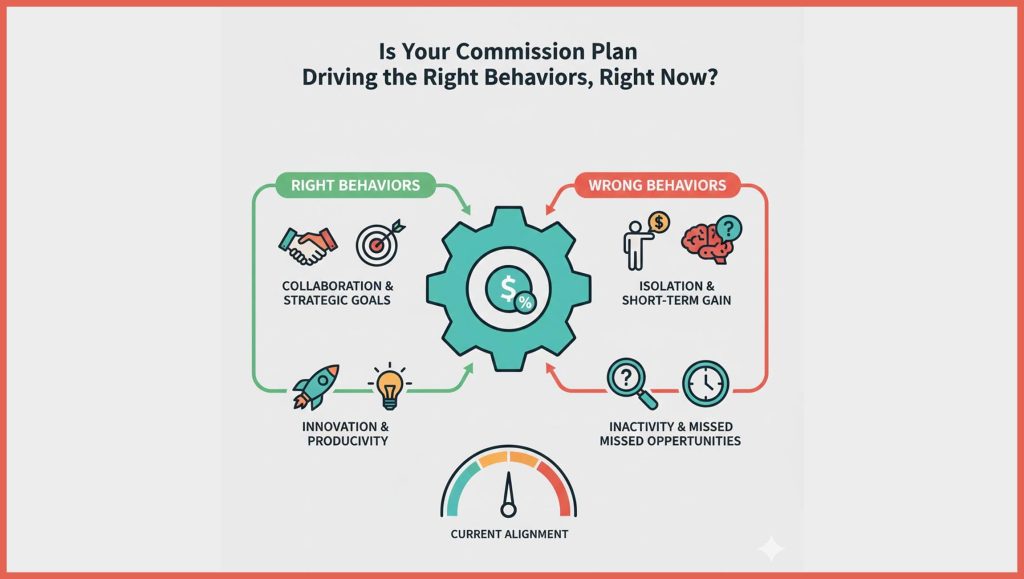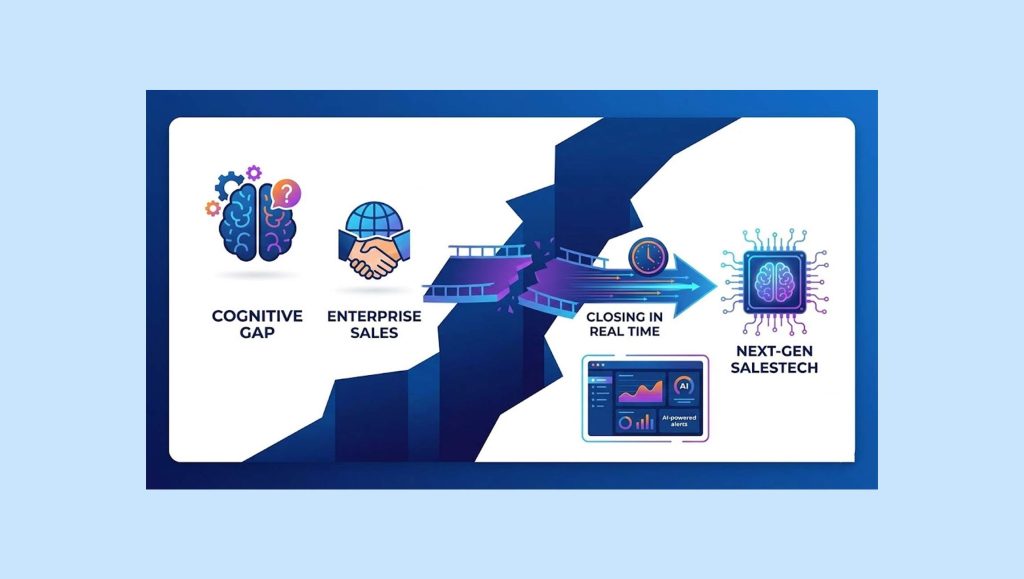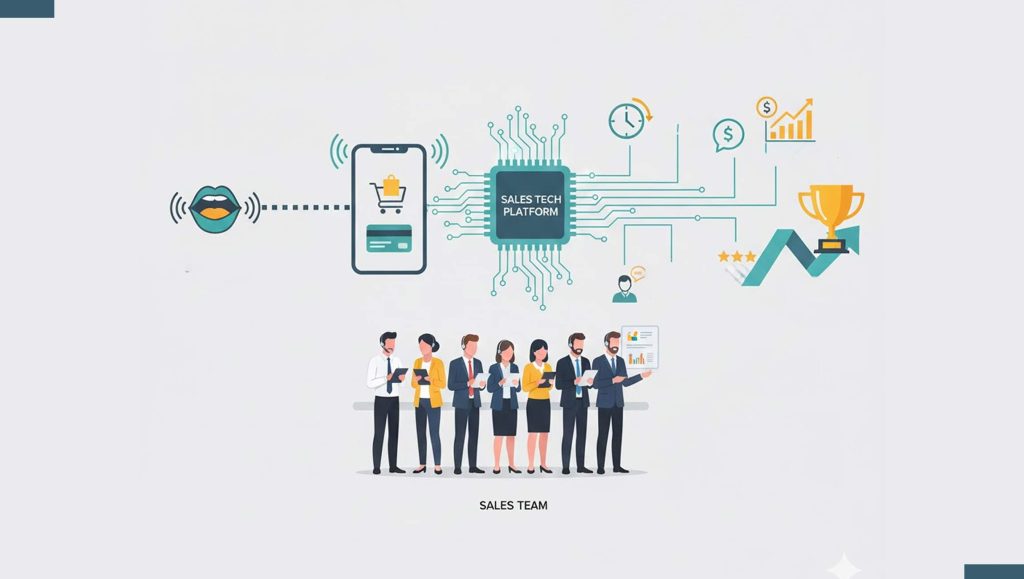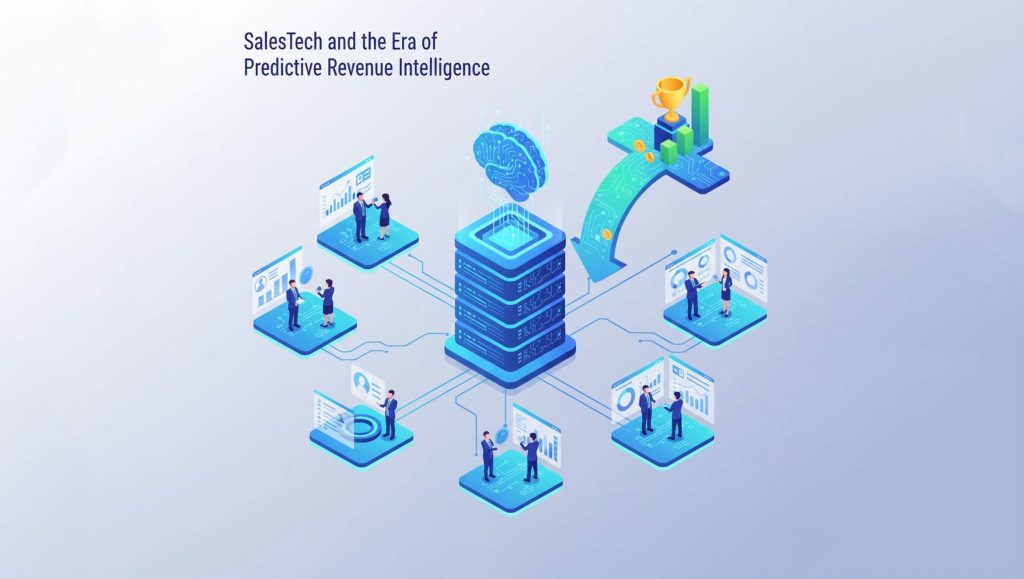To evaluate true deal engagement data, sales leaders have to focus on automating how they capture prospect and even sales rep activities; Todd Abbott, CEO at InsightSquared discusses more in this quick chat: _____ I have spent 25+ years leading global sales and marketing teams, mostly mid and large cap technology companies. These experiences took me around the world, including three years in Asia and three years in Paris. As a revenue leader, the most vexing challenges are always associated with managing the funnel and accurately forecasting the business. I was a three time customer of InsightSquared and relied on the company to help me analyze and report on the business. Success as a CRO requires driving alignment cross functionally and the visibility of the business via the InsightSquared dashboard capabilities were very effective. At the same time, I always sought a more proactive management system that could provide deeper insights on the execution of the business. The acquisition of Olono by InsightSquared in 2019, exposed me to a level of analytics that had not been possible before which in turn, ignited a vision for the funnel and forecasting processes could fundamentally change. Today the average tenure of CROs in PE/VC-backed businesses has dropped to 16 months. It is my personal mission to improve this, and I believe that capturing more engagement data without burdening the sales teams and then leveraging machine learning to provide predictive analytics to the revenue leaders is game changing. Read More: Setting Records, Walmart Continues Moving Toward Becoming a Totally Renewable Business We are seeing first-hand an acceleration in the shift from the ‘art of sales’ to the ‘science of sales’ management approach driven by the shift to digital sales engagement and the ability to automatically capture the digital engagement through the life of the customer. Engagement data is the number one indicator of the health of the deal. Historically, getting this data into the CRM systems has been dependent on the sales rep entering it and they will input the bare minimum. Yet this data is vital as it identifies whether your value proposition is resonating with the customer or not. The moment a company’s value proposition no longer resonates with the customer is the moment they stop engaging with your sales team, reviewing your marketing content and searching relevant topics on the web. Today, using automated capture and analysis of sales activity and interactions, sales leaders can get deep insights at both the tactical opportunity level, as well as the strategic sales process. This fundamentally changes how they identify risk, understand what is working, manage their funnel and forecast the business effectively. This has an impact on every function, especially senior sales and operations professionals who now have more data than ever before at their fingertips. The amount of data now being captured will require new skill sets to gleam and interpret the insights that are not possible. Successful CRO’s Rev/Ops Leaders going forward will have to be ‘science of sales’ type leaders who are comfortable with and in fact, demand technology to provide the insights from the expanded data sets now possible. When it comes to tech processes and tools, it is critical to have a common data set and cross-team alignment. Data is growing at an exponential rate; revenue operations teams have to be able to integrate disparate data to provide a complete view. Data silos and functional interpretations of data are no longer acceptable. We have worked hard to have one version of our data and a collecting set of analytics to keep cross functional alignment with our SFDC CRM being the system of record, with tools writing back as much data as possible. An overview of some of the more important components of our sales tech: Sales and Revenue Intelligence Platforms will become critical components of the tech stacks going forward. With 80 percent of sales interactions occurring in digital channels, automating the capture of customer engagement activity and call/meeting analytics, along with the ability to incorporate data from all components of the tech stack will be critical. Closed/point solutions with the tech stack that create a trapped data sets will not be acceptable. The data must be able to be fed into a Revenue Intelligence Platforms that will be able to generate the analytics and insights of your sales process. The old models of exporting data into data warehouses or worse spreadsheets, will simply not be effective at generating the insights required to optimize the revenue processes. These systems enable the identification of the critical points in the sales process that determine when you win and when you don’t. Identifying these inflection points is critical to driving the cross functional alignment on process improvement. These systems also enable clear identification of the stalled or dead opportunities in the funnel. Read More: SalesTechStar Interview with Mark Magnacca, President and Co-founder at Allego Here are a couple of areas that stood out to me. The key is starting with good customer data. Complete and clean data sets require deduping and enrichment of the customers contacts to support effective prospecting and nurturing campaigns. At the top of the funnel, it is a best practice to use marketing analytics to establish specific inbound and outbound lead generation targets based on the expected conversion performances to generate the required funnel to meet the month or quarter. Implementing an effective customer engagement set of sequences based on customer persona is critical to drive a repeatable process with the BDR/SDR and inside sales teams. Beyond the lead generation processes, the revenue teams must have a strategy to automatically capture customer engagement data (emails, meetings, content, and intent) and then a machine learning infrastructure to crunch the expansive data set and identify the insights required to optimize execution. Leadership will then need a Business Intelligence / Dashboarding solution that can produce reports in real time. These reports will need to be interactive dashboards that enable real time analysis on different data cohorts along with the ability to drill in deep to the different elements of the funnel. The business is changing quickly. Waiting 24 hours for an Ops team to produce a report that only tells part of the story is no longer acceptable. Real time reporting down to the first line sales leader is critical to enable more reliable business outcomes. The most effective companies will have one set of analytics and interactive dashboards that report on the complete customer journey. Functional based systems, data and analytics will not enable optimized cross functional execution. This will require an architected approach that brings together the data from martech, sales and customer success tech tools to get the most complete view of the customer. Activity and meeting data provide real-time insights on deals that must be delivered to the Sales Rep for improved territory execution. It is also critical to understand what the buyer is doing when you are not directly engaged. Are they reviewing and sharing content on your solution, viewing material on your website, searching relevant research or competitive vendors? The more complete your dataset, and the more robust your analytics, the more control you will have driving the best business outcomes. Read More: Remote Work Doesn’t Mean The Risk Is Remote InsightSquared helps revenue operations professionals make better decisions by equipping them with actionable, real-time intelligence on sales and marketing KPIs. Businesses rely on the company’s solutions to forecast more accurately, better manage pipeline, tailor rep coaching based on individual performance, understand their marketing attribution, and conduct data-backed planning and analysis. Todd Abbott is the CEO at InsightSquared.Hi Todd, we’d love to hear about your journey through the years…tell us more about your role as CEO at InsightSquared (IS2)?
How are you seeing the role of senior sales and operations leaders evolve today? What are some top sales technologies and revenue technologies that you feel today’s CROs and Chief Sales Officers need to be adept with?
We’d love to have a quick overview of some of your sales tech and sales processes at InsightSquared and biggest learnings through the years?
We’d love to hear your thoughts on sales intelligence platforms and their impact on sales and how you predict this will grow in future?
Can you share some of the top highlights from InsightSquared’s State of Sales Forecasting Report?
What are some core sales technologies that you feel should form the crux of a sales tech stack?
A few thoughts on what you feel today’s sales and marketing leaders need to do differently (and suggestions on martech / salestech) to help them stand out from the crowd and create a better buying experience.

What does it take to Drive Customer Success in B2B? Catch the latest marketing, sales and customer facing best practices from these podcasts with industry leaders!





















